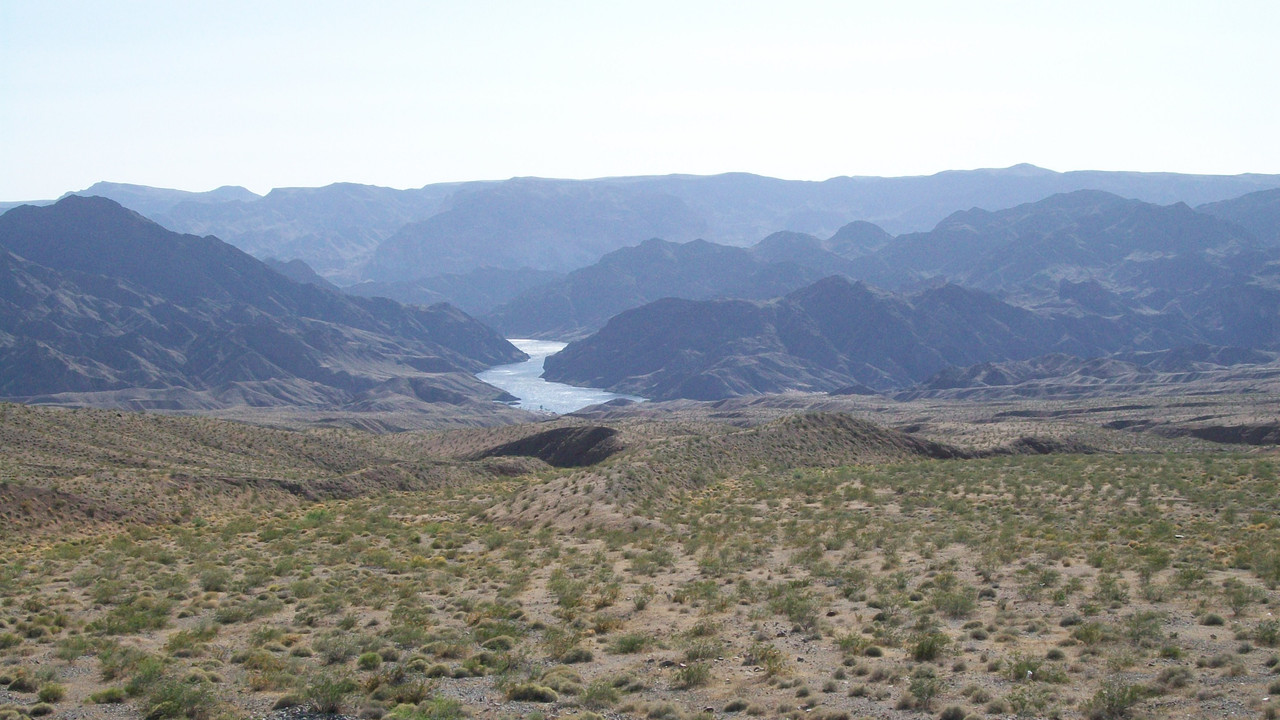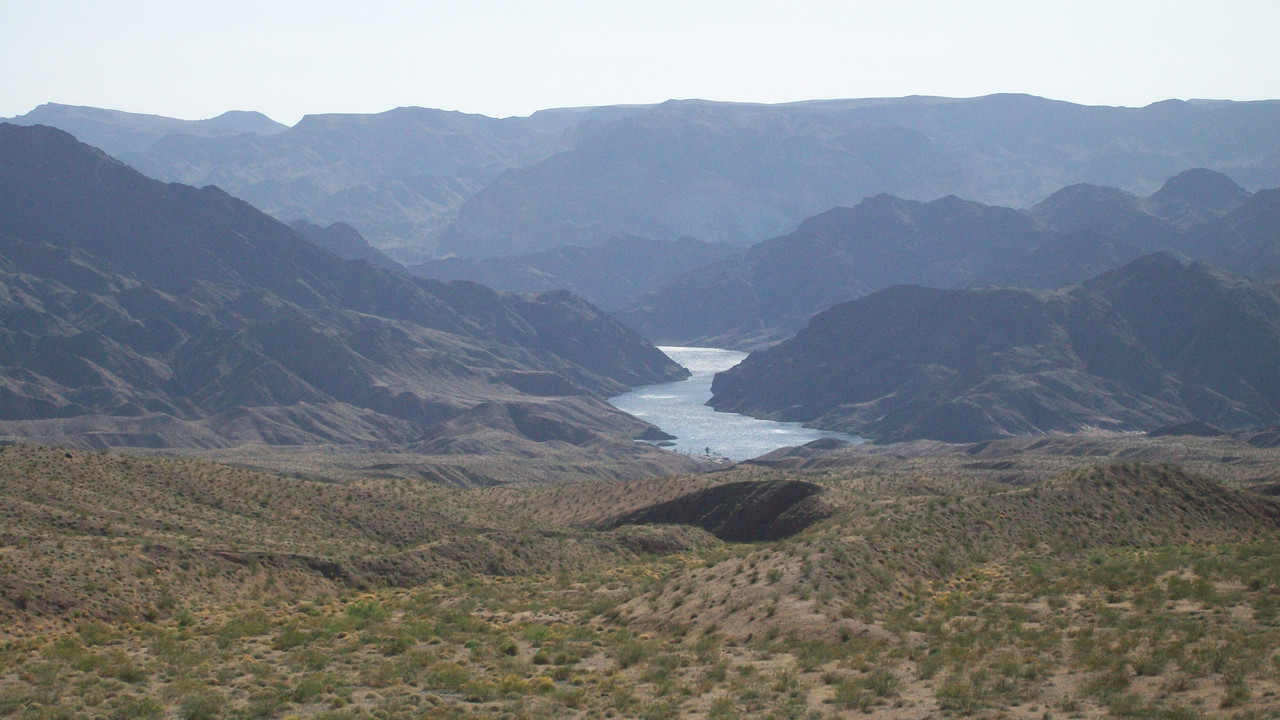misterjones
No longer a newbie, moving up!
- Joined
- Oct 13, 2010
- Messages
- 390
- Reaction score
- 920
- Location
- A2/Ypsilanti
- Can others edit my Photos
- Photos NOT OK to edit
- Thread Starter 🔹
- #16
Your memory is conflicting with reality.
From a given FIXED point, any lens and your eye will give you the same perspective.
The only difference is the field of view and what is in the picture, which depends on the lens. A wide lens gives you a lot wider field of view and more foregound. A tele lens a narrow field of view, and little or no foreground.
The wide lens on your phone, by having a wider field of view makes the mountains proportionally smaller. But does not change its height relative to other objects in the picture.
To test this.
STAND in place and look at a scene with your eyes only.
Then take a pix with your camera.
Do the objects in the picture have the same size, relative to each other, compared to viewing with your eyes? They should.
They usually don't, and that's where my frustration lies. Granted, I get that the camera in a phone is going to be limited, but it's been a rare occasion where I'm taking pics of mountains and whatnot and what I see with my eye is actually what's captured even with my other two cameras.
To change perspective, you have to change your distance from the objects.
Look at the size of the far light post (4 poles down from the Kia), which is approx the visual height of the mountain.
When your car was a few hundred feet (or 4 or 5 light poles distance) back from where the pix was taken, the light pole next to the Kia in the pix, looked smaller, and similar to the visual height of the mountains.
As for the tall mountains. You need a longer lens to visually magnify the mountains. The wide lens on your phone is going in the opposite direction, giving you more sky and foreground, and less mountain.
I went through some pics I shot some years ago heading back to Phoenix from Las Vegas .
These were taken at an observation area on I93 southbound from Nevada on the way to Kingman, AZ. It overlooks Willow Beach in the Black Canyon area of the Colorado River.


The first one I was ok with, as I actually wanted the "beach" area (i.e. the small-ish foothills with clumps of grass in the foreground), but like with the other pics the canyon in the distance wasn't as large as what my eyes were observing. I took a second shot which was closer to what my eyes could see, but I lost part of the foreground in the process. So it seems that in order to get the mountains in the distance to appear the correct height, I'm going to potentially lose the foreground by effectively "looking past" it?





![[No title]](/data/xfmg/thumbnail/41/41785-954f8d646534214ba1f63ad878e73dd8.jpg?1734176090)







![[No title]](/data/xfmg/thumbnail/33/33439-7bb5d8a4a88131e09c082764dcb77a40.jpg?1734163468)